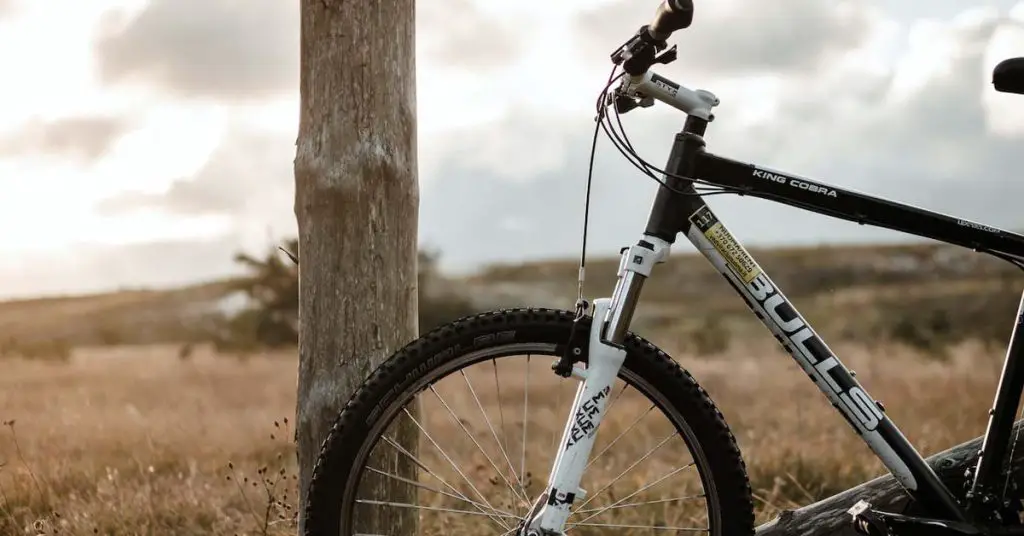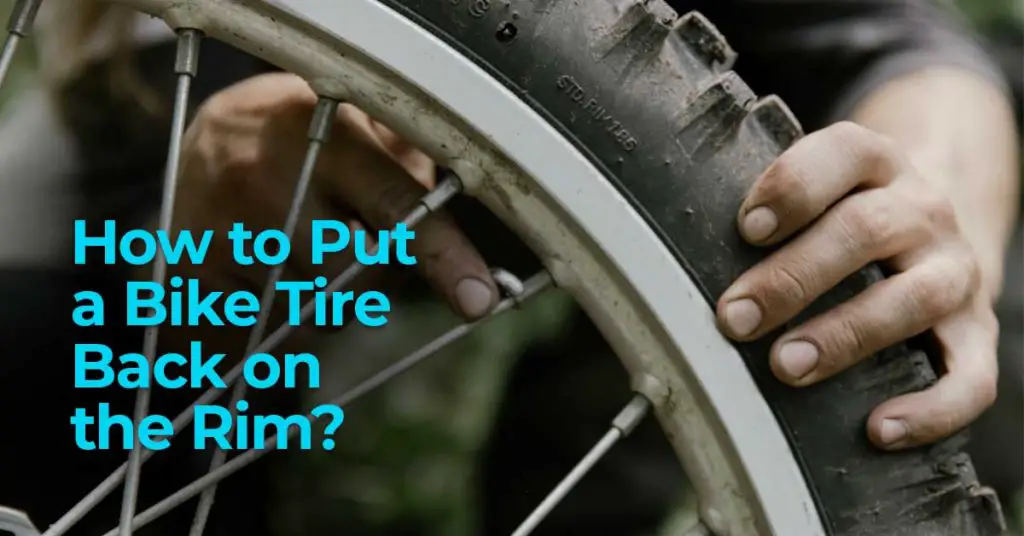Table of Contents
Bicycle newbies might think they don’t have to worry about fuel and engine maintenance. There are, however, some bike-related things you need to take care of.
Among them are your bicycle’s brake pads. It’s the most thrilling experience to ride a bike, whether you’re mountain biking or street cycling. Yet having reliable brakes is crucial to a safe bike ride.
Moreover, there’s no doubt that the braking system is one of the most integral components of a vehicle. You’re going to need it for your bike, and for your safety. It is, therefore, necessary to ask, ‘How long do bicycle brake pads last? ’
On average, bicycle brake pads last 500 to 1,000 miles. There are a bunch of different materials used in brake pads, which affect their performance. Aside from this, the weather, terrain, and way of riding can affect the lifespan of bicycle brake pads.
Alternatively, it is imperative to note that disc brakes and rim brakes are two of the most common types of brakes. Your brakes’ lifespan also depends on their type.
Be sure to check out the rest of this article to learn more about “How Long Do Bicycle Brake Pads Last?”
Brake pad lifespan factors
It is imperative to keep in mind that brake pads are susceptible to a variety of factors, circumstances, and conditions.
I would like to share with you some of the most common factors that affect nearly all of us.
Once you’ve figured out the factors you encounter most often, apply the suggestions accordingly.
Brake pads and the weather
Weather is a big factor in this. There’s no doubt you know how critical weather-resistant brake pads are. Normally, if you live somewhere where the weather is mild, you won’t have much trouble. Even so, it’s possible to have problems with bicycle brake pads if you live in a place with less than ideal weather conditions.
In addition to rain and snow negatively affecting brake pads and the braking system, hot temperatures also increase friction between brake pads, making them more prone to failure.
During the winter months, your bike pads may suffer from wear and tear. When riding through water combined with cold air, brake pads can become hardened. Although you can still use them, they do not function as well as they should.
There doesn’t seem to be as much trouble during the summer. Only direct sunlight would likely be an issue. If you leave your bike in direct sunlight, the brake pads will crack and dry out. As soon as they crack, you should replace them.
Changing terrain
When comparing the effect of the weather and the effect of the terrain on the bicycle’s brake pads, there is one factor that is the same in both conditions. Whenever the weather changes, the terrain changes, becoming rough or filled with obstructions, such as snow, ice, or other materials.
Besides the weather, there may still be differences in the terrain as well, such as steep surfaces and rough roads. Changes in terrain can adversely affect the performance of brake pads.
It’s for this reason that special bikes are built for riding in the mountains. They’re called mountain bikes. Moreover, the brakes on a mountain bike are more likely to suffer damage than the brakes on a road bike. There’s nothing you can do about it.
Weight of the rider
The weight of the rider is also a factor that affects the brake pads on a bicycle. Because heavier riders will need to work harder to slow down. As a result, the brakes will struggle, which will shorten their life.
According to science, if a heavy mass moves, a stronger force has to be exerted in order to resist its movement. Therefore, if you are a heavier rider, your brakes will have to do more work than the brakes of a lighter rider, as a result of the weight difference.
How Long Do Brake Pads Last on Average?
There is no doubt that brake pads wear out over time. However, how long do they last before they need to be replaced?
Firstly, it is difficult to determine the exact lifespan of brake pads. As you are aware, brake pad life is affected by a number of factors. However, brake pads last about 500 to 1000 miles on average.
What are the signs that my bicycle brakes need replacing?
Now that you know why brake pads wear out, you need to know when to replace them. What’s the right time to replace your bicycle brake pads? You need to check them out after a few months. Once you get them, keep an eye on them.
When your brakes start failing, you’ll hear an annoying metallic sound. The metallic noise is caused when the brake pad wears so thin that the metal underneath touches the disc or rim. When they get this way, they need to be changed immediately, so don’t let that happen.
In general, you should change the pads if the thickness drops to 1 to 1.5 millimeters. The pads are usually 3-5 mm thick when you buy them, so don’t worry about them until they lose three times their thickness. It’s also a wise idea to replace the brake pads after about 5,000 to 10,000 kilometers.
It is critical to keep in mind that brake pads have varying lifespans, depending on the type, how you ride, and the type of bike you ride. However, brake pads need to be replaced if you see these signs. As soon as your brakes start losing performance, they become a safety hazard.
Final thoughts
Maintaining your bicycle’s performance requires regular inspection of its brake pads. Watch for when they’re worn down and replace them quickly! No matter who replaces your brake pads, knowing when they’re starting to wear is key.
Getting your brake pads replaced isn’t the only thing at stake when they fail. Additionally, there is a safety concern. Although the bike’s braking system doesn’t fail entirely, damaged brake pads still pose a safety risk. It’s not just a risk for your bike, but for you, too.
Be aware of when your bike pads need to be replaced and replace them on time so you don’t run into any problems. Hopefully, you now know How Long Do Bicycle Brake Pads Last? Feel free to share and comment below if you liked this article.



